Starting the Curricular Conversation through Mapping: A Curriculum Review of the Graduate Certificate in Conflict Resolution
In Spring 2013, the Matsunaga Institute for Peace and Conflict Resolution (MIPCR) began a program review process by …

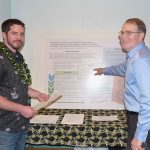
In Spring 2013, the Matsunaga Institute for Peace and Conflict Resolution (MIPCR) began a program review process by …
The Department of History has been engaged in assessment work of our undergraduate major, identifying how we can …
This workshop is co-sponsored by the Assessment and Curriculum Support Center, Graduate Division, and the Graduate Council. Wondering …
Chaminade University of Honolulu has restructured General Education in recent years. Various faculty committees have been spearheading a …
Student learning outcome (SLO) statements made by an educational program serve as targets for achievement and openly communicate …
In early 2019, ACCJC reaffirmed Kapi‘olani Community College’s accreditation status, but mandated a follow-up report and provided an …
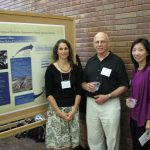
The Assessment Office supports programs as they engage in program-level assessment of student learning. Program assessment is undertaken …
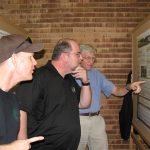
Anthropology is a four-field discipline that encompasses historical, humanistic, biological, linguistic, and psychological approaches to a holistic study …

TIM school began to build the program assessment frame in 2009 and have developed the student learning outcome, …

This poster describes the effort of the Ph.D. Committee in Social Welfare in investigating and improving students’ performance …
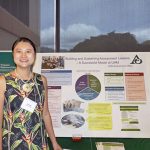
After analyzing the university’s needs and researching best professional development practices, the UHM Assessment Office initiated an exciting …
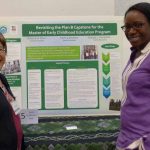
The Master of Early Childhood Education Program is a 2-1/2 year, 30 credit hybrid program is primarily delivered …

The M.Ed. program in Special Education is an interdisciplinary program that includes core courses and electives. The core …

Undergraduate programs in the College of Tropical Agriculture and Human Resources (CTAHR) are typically managed solely within a …

The UH Manoa Anthropology Program, established in 1934, is the leading department of anthropology in Hawai’i, the Pacific, …
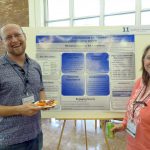
This poster describes strategies to build faculty capacity in curriculum design and alignment and ways to plant the …
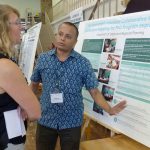
Faculty and doctoral students of the Department of Urban and Regional Planning (DURP) initiated a review of their …
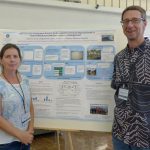
In this poster, assessment activities in Natural Resources and Environmental management (NREM) were designed to address three critical …
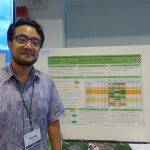
The Undergraduate Research Opportunities Program (UROP) utilized historic program data to identify potential gaps in campus awareness of …
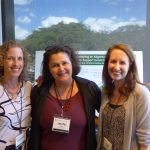
Faculty have difficulty in clarifying how their assessments and instructional strategies are aligned with both course and General …
In this workshop, you can learn how assessment champions and coordinators can increase faculty colleagues’ participation in program …